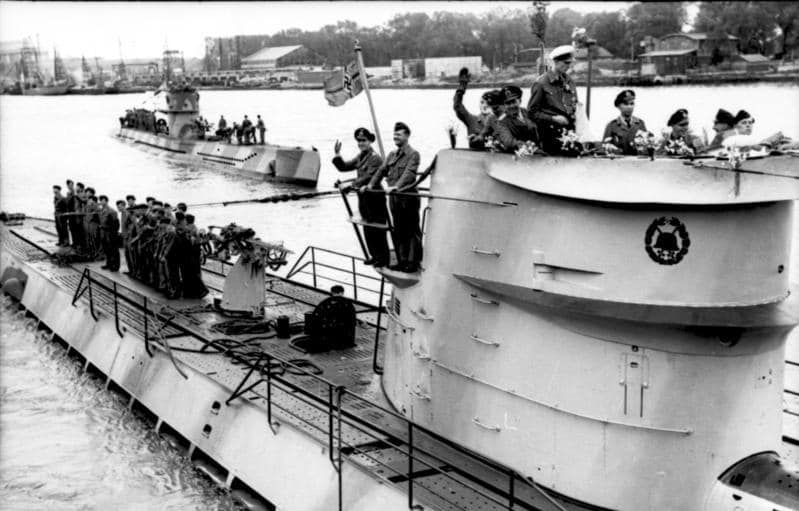The Battle of the Caribbean: An Overlooked Struggle of World War II
Okay, we all know about the Battle of the Atlantic. But have you heard about the Battle of the Caribbean?
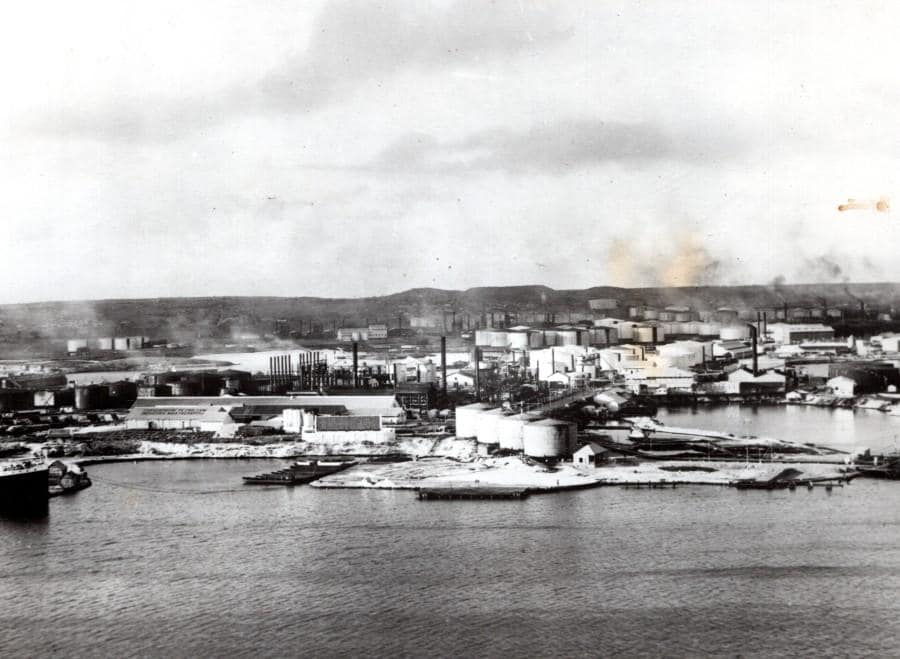
Many people do not know this, but the Battle of the Caribbean was just as important and brutal as the one for the Atlantic. Both German and Italian submarines operated in the Caribbean Sea, causing serious havoc.
The Strategic Importance of the Caribbean

Another fact most people don’t know is that the Caribbean was very important to the allied war effort. For one thing, two of the more important oil refineries the allies had were located in the Caribbean. The Royal Dutch Shell refinery located in Curacao was the largest in the world at that time, with an equally large storage facility in Aruba. One of the largest oil refineries in the British Empire, and the largest still in British hands, was located on the Island of Trinidad at Point-a-Pierre. Additionally, a lot of raw materials from South America flowed through the Caribbean Sea towards ports in the southern U.S.
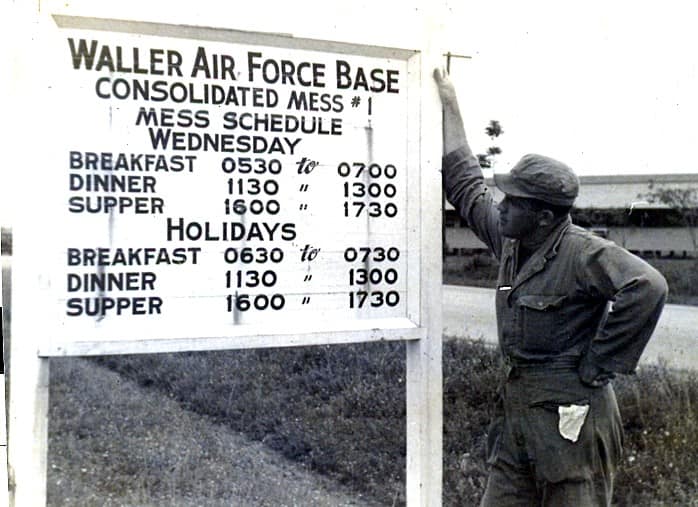
There was also the fact that ships heading to and from the Pacific passed through the area via the Panama Canal. So it was clear to see why German U-boats would be tempted to launch attacks in the region, and they did. Hundreds of allied shipping vessels were sunk between 1940 and 1944, and at least 2 German U-boats managed to surface and attack the Dutch oil facilities in Aruba and Curacao.
Vichy French Islands and Allied Concerns
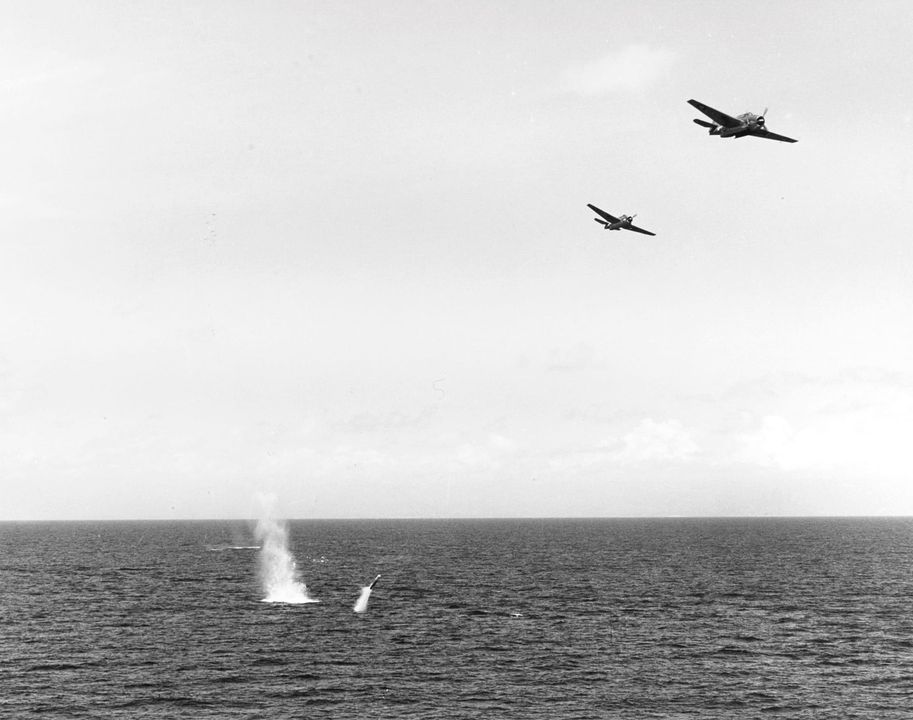
But another big headache for the allies came from the islands that had sided with the Vichy Government after France surrendered. There was even a fear that these islands could have been used to supply German submarines operating in the Caribbean Sea. Worse still, there was a small but formidable force of French warships docked at these islands, and there were fears they could have been used as well.

As a result, a network of airbases and naval facilities was built throughout the region to tackle the German threats. This task was not made easy; while aircraft were available, ships were not. In the early stages, most of the vessels used were either from WWI or ships that were pressed into service for ASW. Meanwhile, the Vichy French had a few cruisers and even a carrier they could have used if needed.
Allied Countermeasures and Outcome
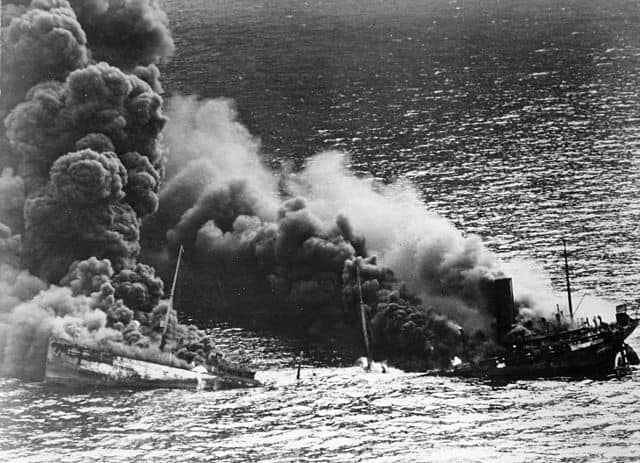
But as the war progressed and ASW tactics improved, the attacks on shipping within the Caribbean began to drop. It could be argued that the Germans had more success in the Caribbean than in the Atlantic, as they only lost 17 submarines in exchange for sinking hundreds of ships.
